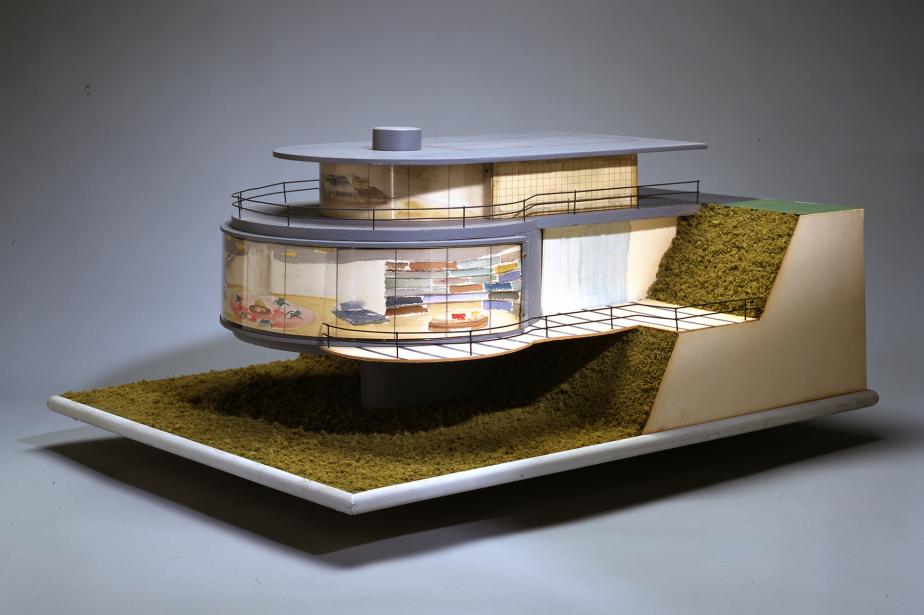From gloves through furniture, interiors, and buildings to the design of an underground bunker, Paul László undertook any request he considered challenging. The Hungarian-born designer never founded a large company, yet every big-shot businessman in the US wanted to work with him on the West Coast.
The biography of the Hungarian-born, California-based architect, interior designer and product designer Paul László (1900-1993) is teeming with fascinating personalities and stories: his list of clients includes film director Howard Hughes, Joan Harrison, Hitchcock’s assistant and J.C. Hall, the founder of Hallmark Cards.
He left Europe as World War II approached because of his Jewish origins; the irony of fate is that Hitler’s holiday home in Berchtesgaden, the “Eagle’s Nest” (Kehlsteinhaus), was furnished with pieces designed by László. In his recollections, the names of Winston Churchill, Henry Dreyfuss, and Ede Teller also appear among his acquaintances—the latter does so because László worked on the design of a bomb-proof shelter in 1955.
How did the Debrecen-born designer gain such success in California?
Paul László was born into a large Jewish family of furniture makers. He already visited Vienna several times as a child, so he pursued his studies there, and later attended university in Stuttgart. He studied design and architecture, then established his network of connections and career in Paris, Berlin, Stuttgart, and Vienna. With the rise of antisemitism, he felt he had to leave Europe; he applied for a teaching position in Chile, but his acquaintances talked him out of it, so he eventually traveled to New York, then bought a car and took to Beverly Hills. After founding his studio, he was working commissioned by the most wealthy American businessmen and celebrities for decades. From gloves and birdcages to furniture, interiors, buildings, and bunker design, he accepted every request that piqued his curiosity, but he became best known for his interiors of villas, shopping malls, banks, and casinos.
But why did so many people want to work with him, and if he was such a talented designer, why did he remain unrecognized in his home country?
One of the reasons he did not enter the canon of design might be the fact that his work was less based on a specific design doctrine, than that of Le Corbusier or Richard Neutra, the work of whom he often mentioned and praised. Although László Paul joined the movement of modernism, he didn’t follow the principles of Bauhaus—he pursued a softer, more elegant line of modernism, inspired by the turn-of-the-century Art Nouveau of Vienna, his European roots, and the environment of sunny California. He designed in the mid-century style that is having a renaissance today; browsing the interior design section of fast-fashion webshops, for example, we can easily find furniture that might have been inspired by the pieces of László Paul.
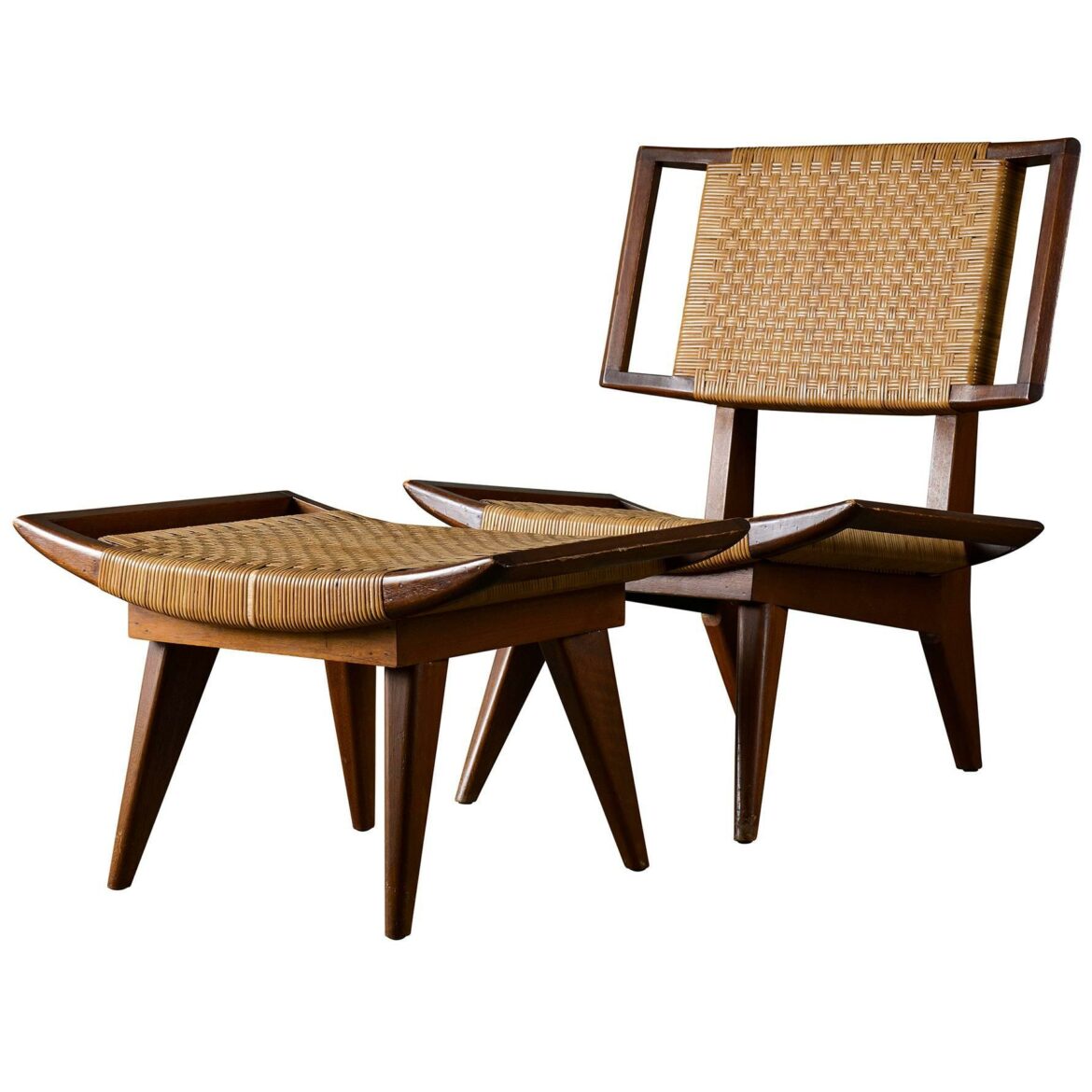
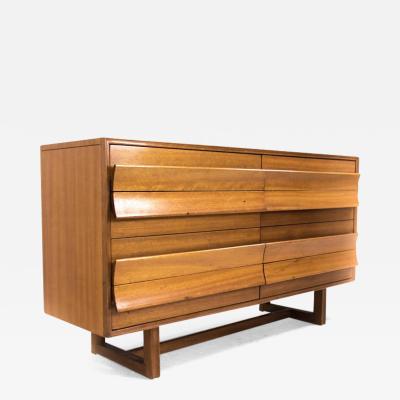

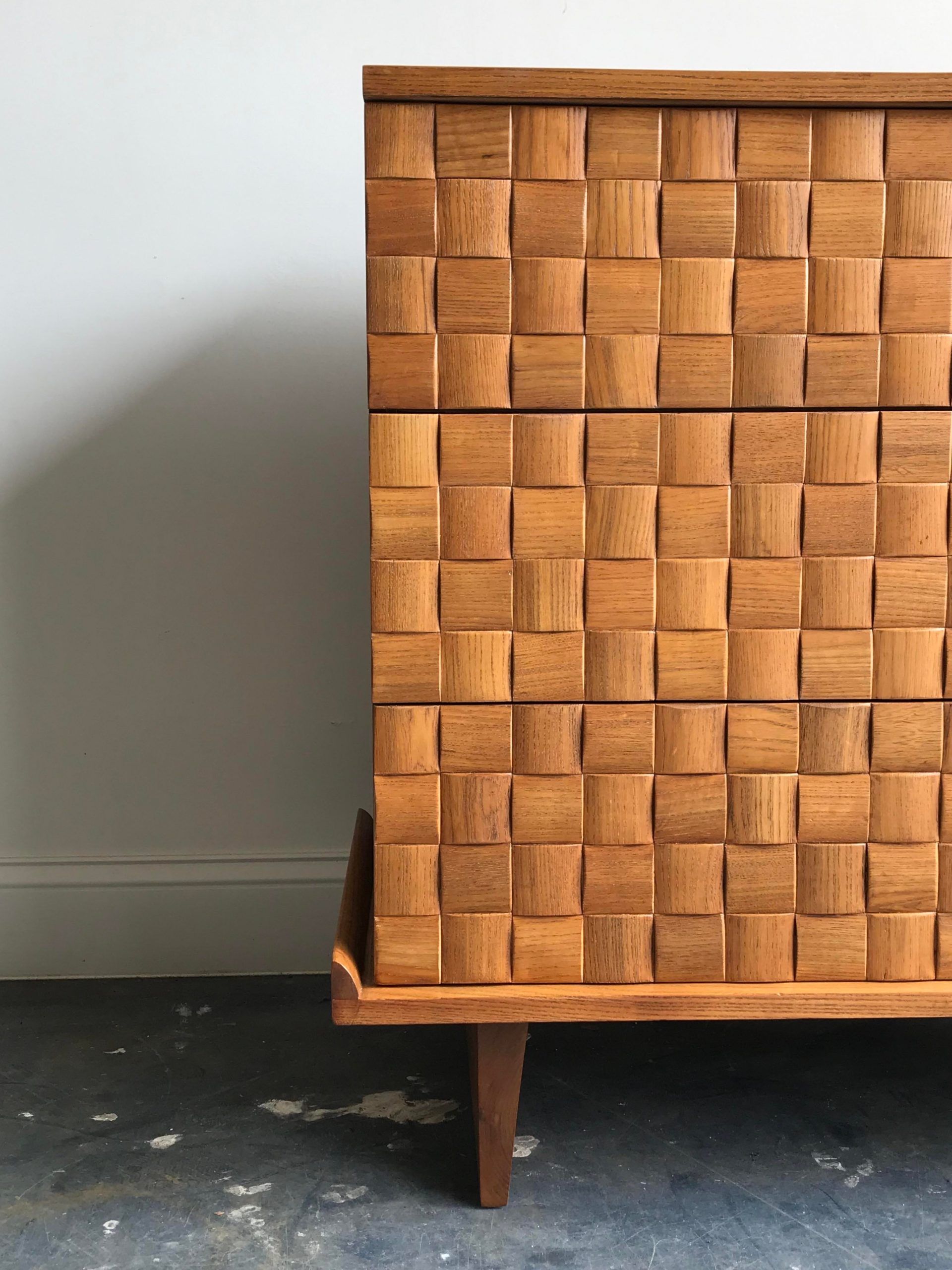
After a while, he took on less and less work from clients he didn’t feel he could collaborate well with, or who couldn’t keep up financially with the high-level plans he proposed. For that matter, his work was not easy on anyone’s wallet—he dwelled on every little solution in his plans and worked with the highest quality materials. He often combined different colors and materials and knew the best sourcing places and craftsmen with whom he was able to produce excellent products with supreme attention to detail, from glass items through textiles to woodworks.He never wanted to found a big firm; he thought that if his business grew, he would only be able to work on a few design tasks himself, so he always remained “small”. He was looking for a middle ground between the client’s taste and his own ideas, and believed that a sort of reciprocal interaction was needed between clients and designers.
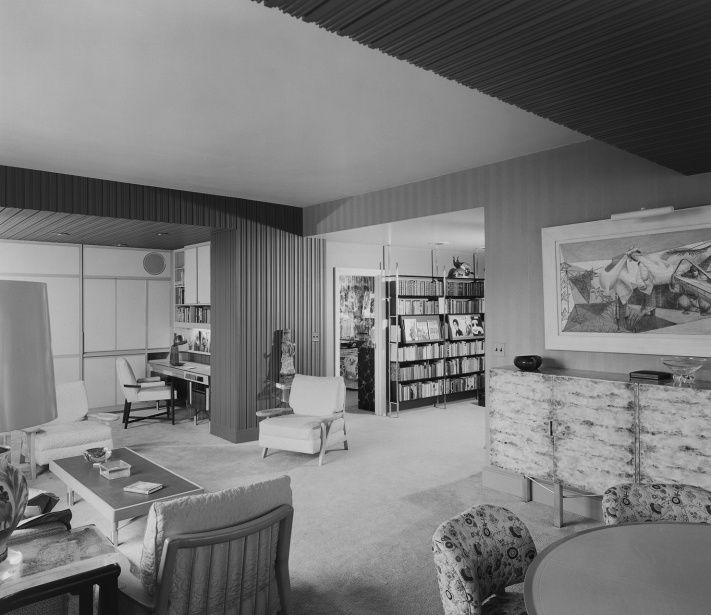
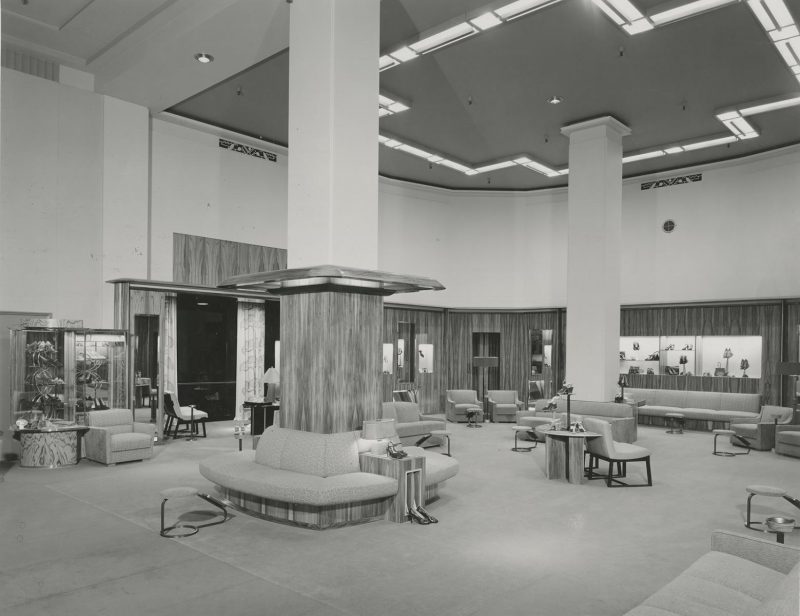
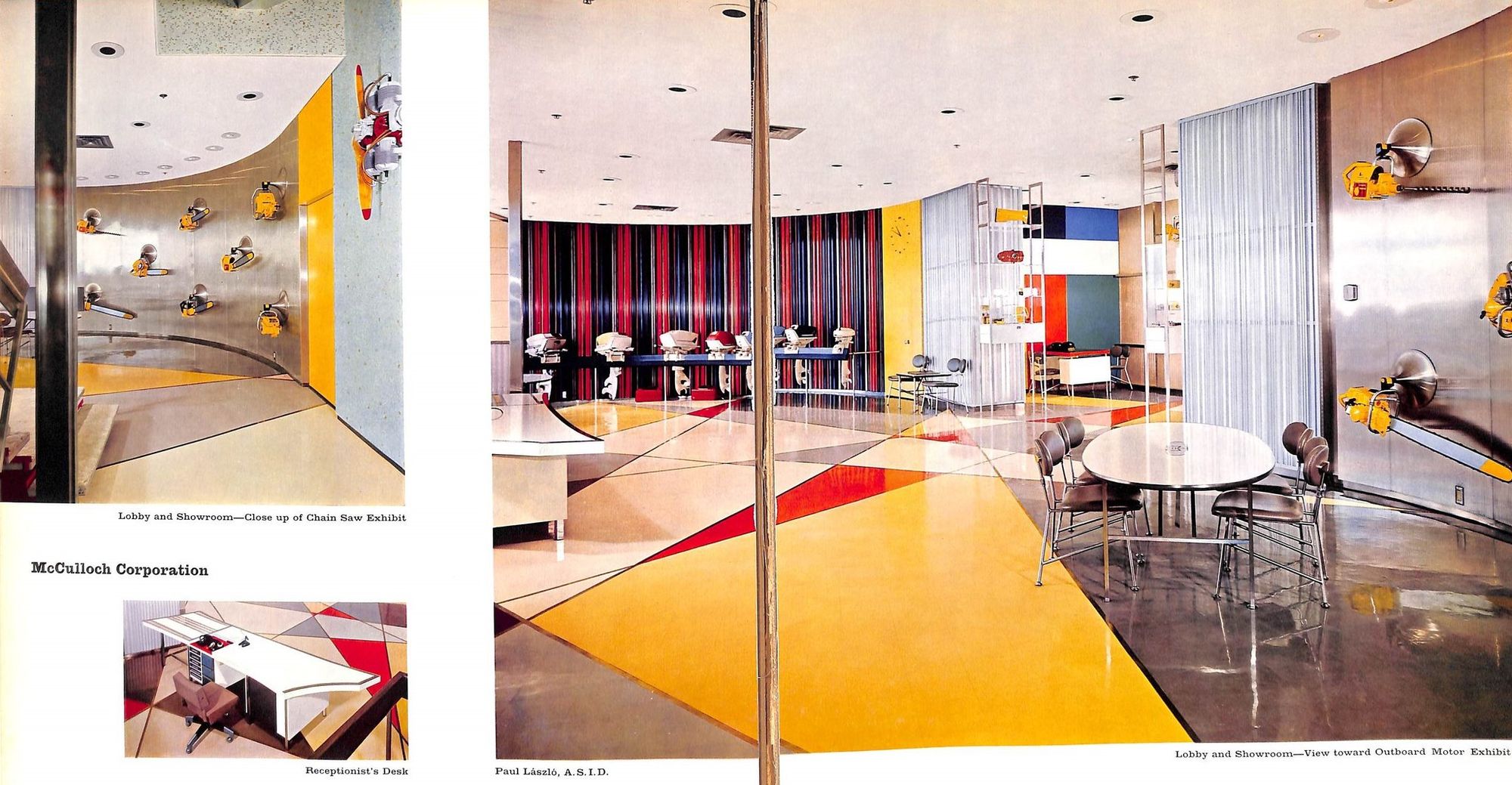

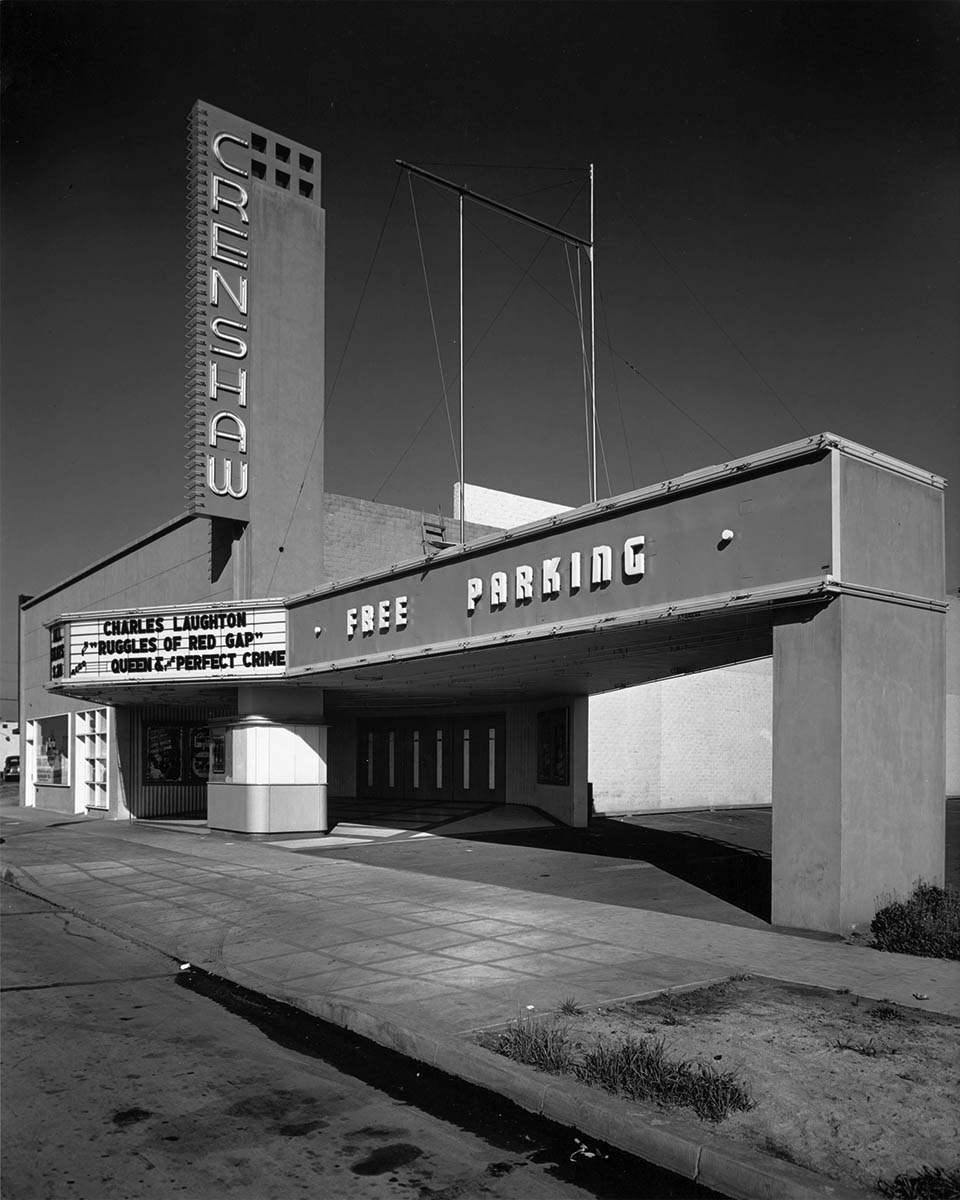

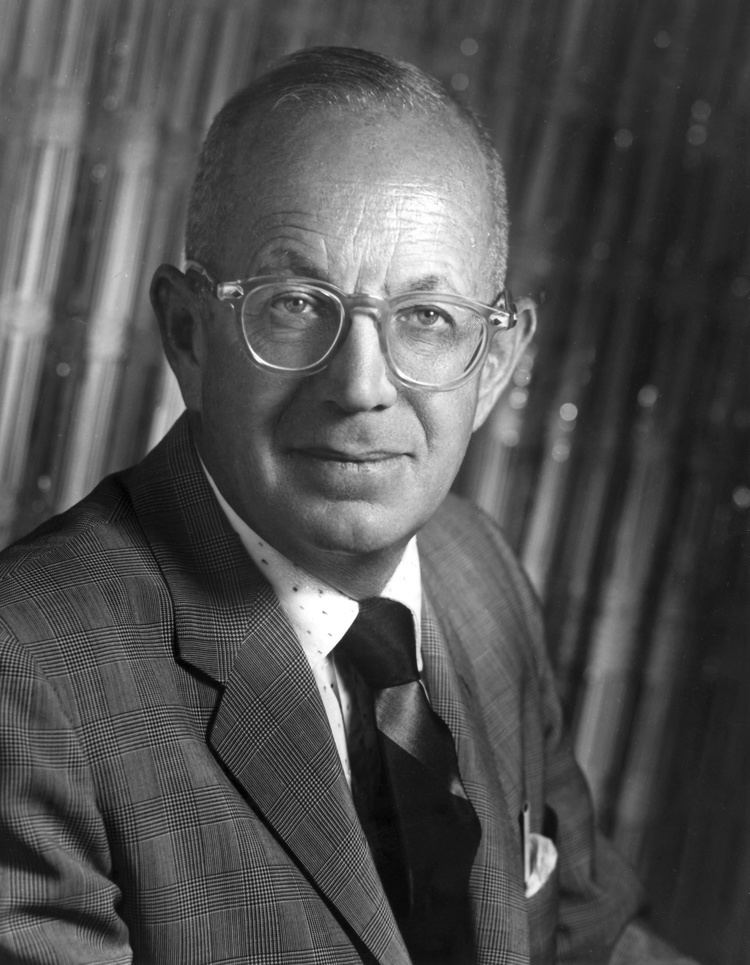
Visions of the future
Among the luxury commissions of billionaires and the interior designs of high-end shopping malls, the plan of Atomville, where he envisioned the city of the future, might seem a bit odd in László Paul’s oeuvre. In 1950, he created the plan at the request of a magazine. The design featured underground houses and roofs functioning as private heliports: back then, they thought these would become parts of our everyday lives in the future the way cars did. Another surprising project in his body of work is the underground bomb shelter László designed in 1955 for the garden of American businessman John D. Hertz. Although the bunker was completed in the end, Hertz was not satisfied with the results and took the matter to court; Paul László ended up losing. Later, for nearly sixty years, Pinecrest School owned the house and shelter built on the site.
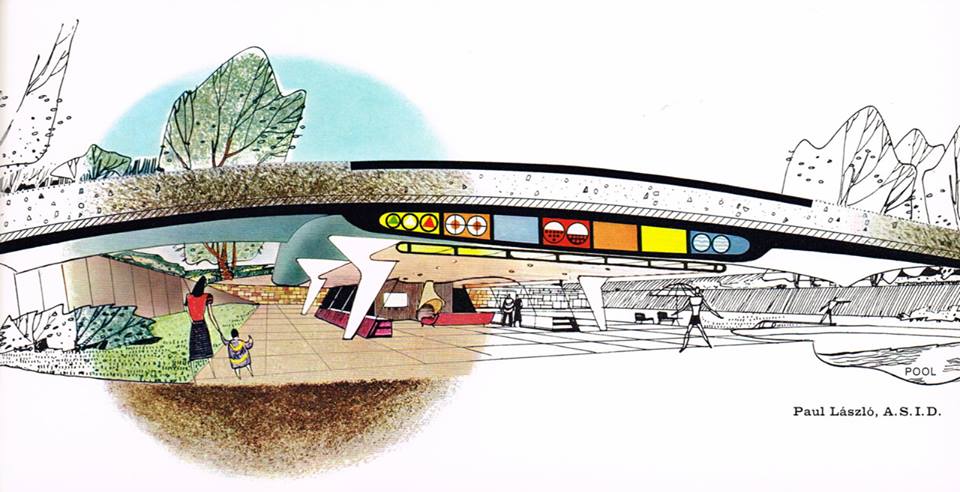

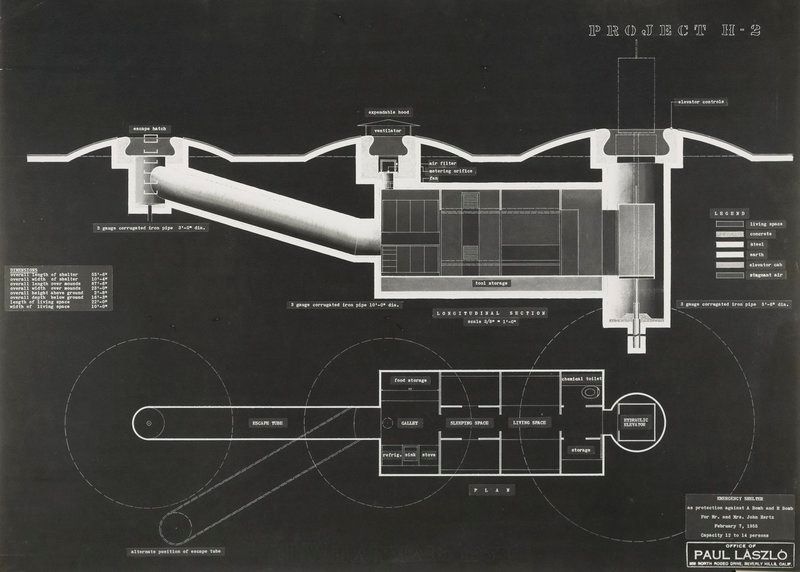


Image sources: Alchetron, Modernism, Chairish, The Cary Collection – Paul Laszlo, MidCentArc
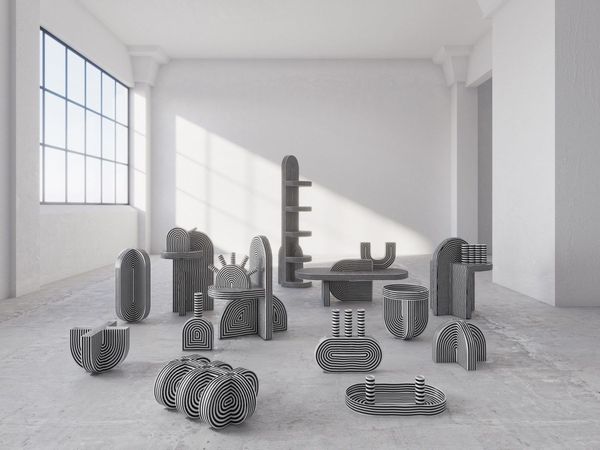
Contrasts in space and emotions | Richard Yasmine

Game and responsibility | WAU the cardgame










